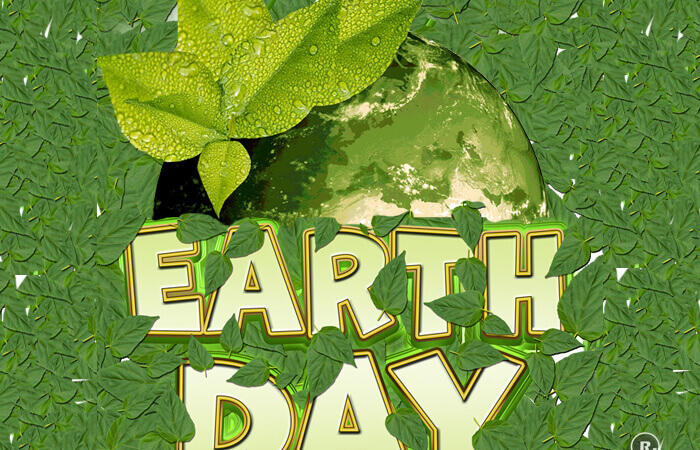World Wetlands Day – 2nd February

World Wetlands Day is celebrated every year on 2nd February to raise global awareness about the value of wetlands for humanity and the planet and to commemorate the signing of the Ramsar Convention on Wetlands in the Iranian city of Ramsar in 1971.
Since 1997, the Ramsar Secretariat provides outreach materials to help raise public awareness about the importance and value of wetlands. According to the Ramsar Convention, more than one billion people depend directly or indirectly on wetlands: fishing, agriculture, tourism, water supply.
India has a wealth of wetland ecosystems that support diverse and unique habitats. These wetlands are distributed in different geographical regions ranging from the Himalayas to the Deccan plateau. These wetlands provide multiple services, including irrigation, domestic water supply, freshwater fisheries, and water for recreation. They are also playing important role in groundwater recharge, flood control, carbon sequestration, and pollution abatement.
These wetlands provide numerous ecological goods and services but are under tremendous stress due to rapid urbanization, industrialization, and agricultural intensification, manifested by the shrinkage in their areal extent, and decline in the hydrological, economic and ecological functions they perform. Global climate change is also expected to become an important driver of loss and change in the wetland ecosystem.
India is a signatory to Ramsar Convention on Wetlands and has drafted Wetland (Conversation and Management) Rules in 2010 but still, no significant progress has been made on the conservation and wise use of wetlands. The main reason is that only a selected number of wetlands has received significant attention (by way of financial and technical assistance from the central government) under the wetland conservation programs (like NWCP and NLCP) while the remaining ones continue to be in a neglected state.
Theme
World Wetlands Day celebrates its 53rd anniversary this year in 2024. The theme for 2024 is Wetlands and Human Wellbeing.
This highlights the role wetlands play in:
- clean water
- water supply
- ecosystem resilience
- sustainable livelihoods and jobs
- biodiversity conservation
- storm protection
- carbon storage
- climate change adaptation
- health and well-being
- tourism and recreation
What are Wetlands
Wetlands are areas where water covers the soil or is present either at or near the surface of the soil all year or for varying periods of time during the year that harbor high biodiversity. They generate hydrological resources that supply water to populations in their area of influence, both for consumption and for agricultural and livestock use, and are also areas of work activity or recreation for humans such as fishing and tourism. They are also natural regulators of the climate and the water cycle and help control floods and droughts. Unfortunately, wetlands are often viewed as wasteland, and more than 64% of our wetlands have disappeared since 1900.
Types of Wetlands
Wetland types are usually determined by the amount of water and where it comes from. Water flows influence nutrient availability and the types of vegetation the wetland can host.
Marshes
This type of wetland is often populated by soft-stemmed plants (e.g. – grasses, rushes, or reeds) and situated alongside lakes and streams. Marshes function as a transition point between the aquatic and terrestrial ecosystems.
Swamps
Typically dominated by woody plants, and sometimes described as “forested wetlands”. Many swamps are situated along rivers, where they are critically dependent upon natural water level fluctuations. Other swamps occur on the shores of large lakes. Swamps are characterized by slow-moving to stagnant waters, in areas at a very low elevation.
Bogs
Bogs are freshwater wetlands, often formed in old glacial lakes, characterized by spongy peat deposits, evergreen trees and shrubs, and a floor covered by a thick carpet of sphagnum moss.
Fens
Fens are freshwater peat-forming wetlands covered mostly by grasses, sedges, reeds, and wildflowers. They may also occur along large lakes and rivers where seasonal changes in water level maintain wet soils with few woody plants.
The objective of celebrating World Wetlands Day
The main objective of celebrating World Wetlands Day is the conservation and wise use of all wetlands through local and national actions and international cooperation, as a contribution towards achieving sustainable development throughout the world.
The wetlands act as a buffer protecting the coast from flooding and storms, the wetlands also provide an ecosystem that is biologically diverse and is home to a variety of species of animals and insects. The wetlands also purify and filter the water naturally by breaking down the harmful pollutants. Let us take some of our time in creating awareness about the importance of the wetlands and remind everyone of the many ways it benefits this Earth.
You can join as an event organizer, educator, or participant
- Organize an event
- Organize a webinar, zoom conference, or open day at a Wetland Centre or Wetland of International Importance.
- Invite wetland experts to explain the role of wetlands for freshwater.
- Hold an exhibition to present and showcase arts or photographs about wetlands.
- Organize a community walk, bike, or run for wetlands.
- Plan a wetland clean-up day.
- Organize a photo or essay competition.
- Visit a Wetland of International importance in your country.
- Raise public awareness.
- Share the outreach materials on your website, social media, newsletters or bulletin boards, etc.
- Use the InDesign files to create your own materials such as T-shirts, Caps, Banners, etc.
Find more information at worldwetlandsday.org
Suggested Read: World Rivers Day






